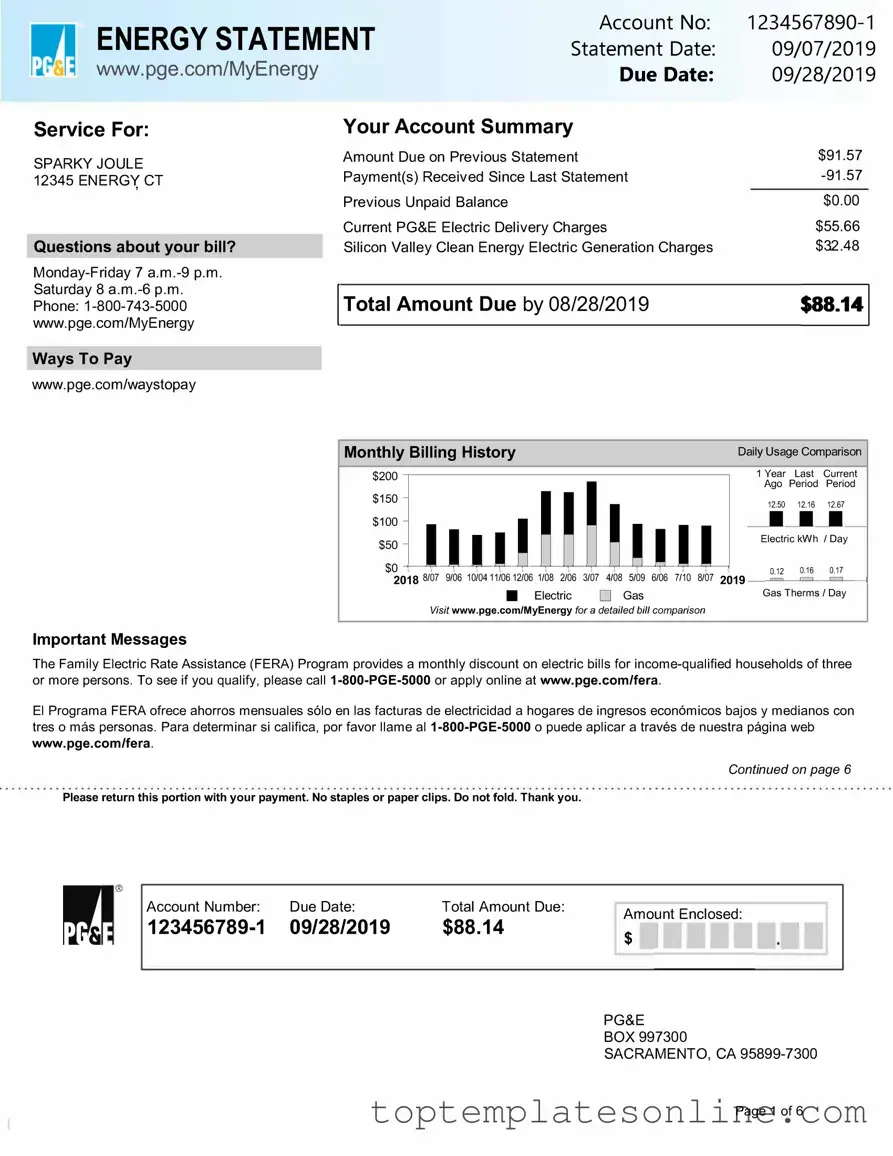Fillable Utility Bill Form
The Utility Bill form is a document used by individuals and businesses to provide proof of utility services, such as electricity, water, or gas. This form often serves as a crucial piece of information for various applications, including rental agreements and government assistance programs. Understanding its purpose and how to complete it can simplify your interactions with utility providers and other institutions.
Customize Utility Bill Here
